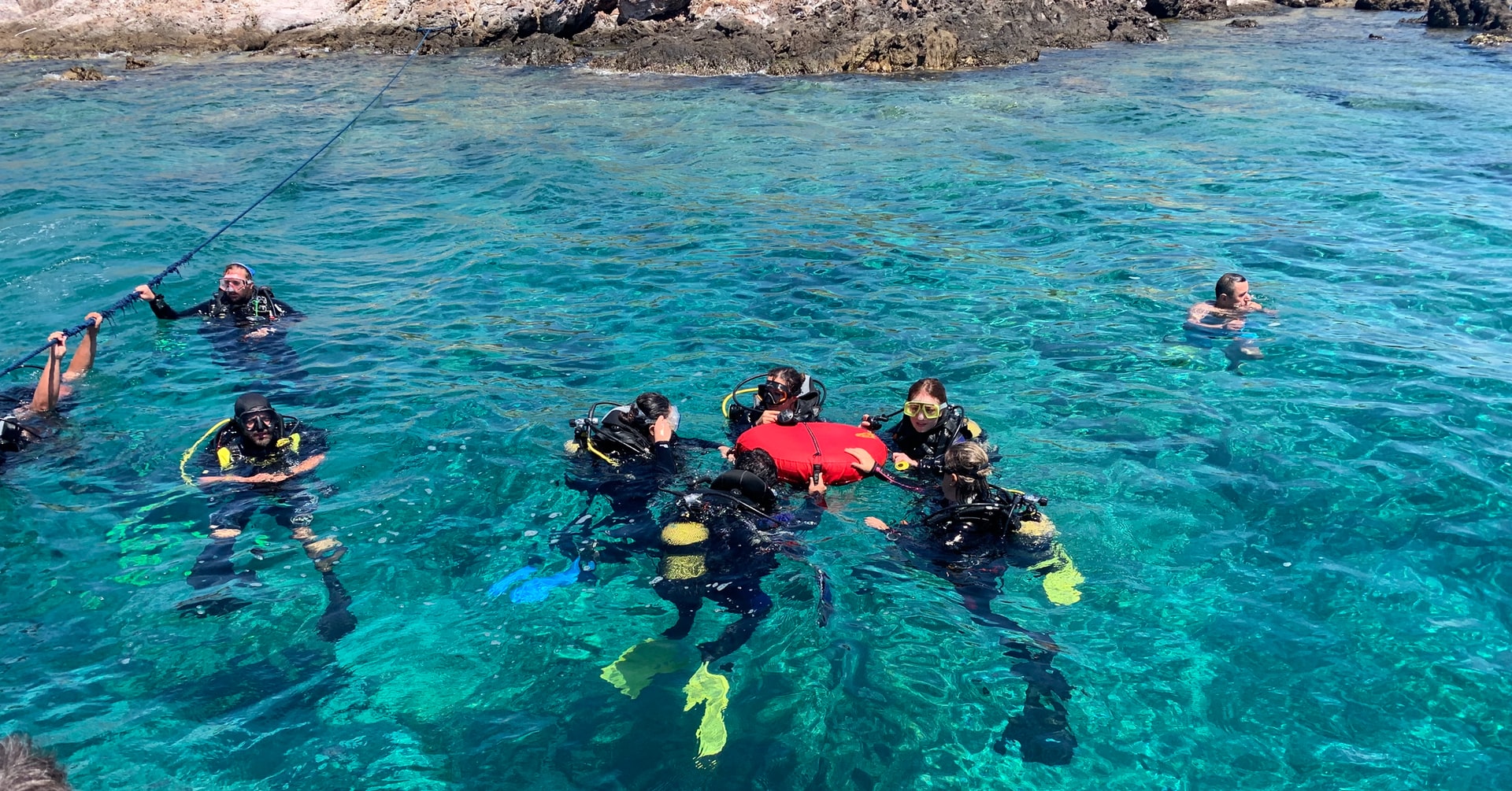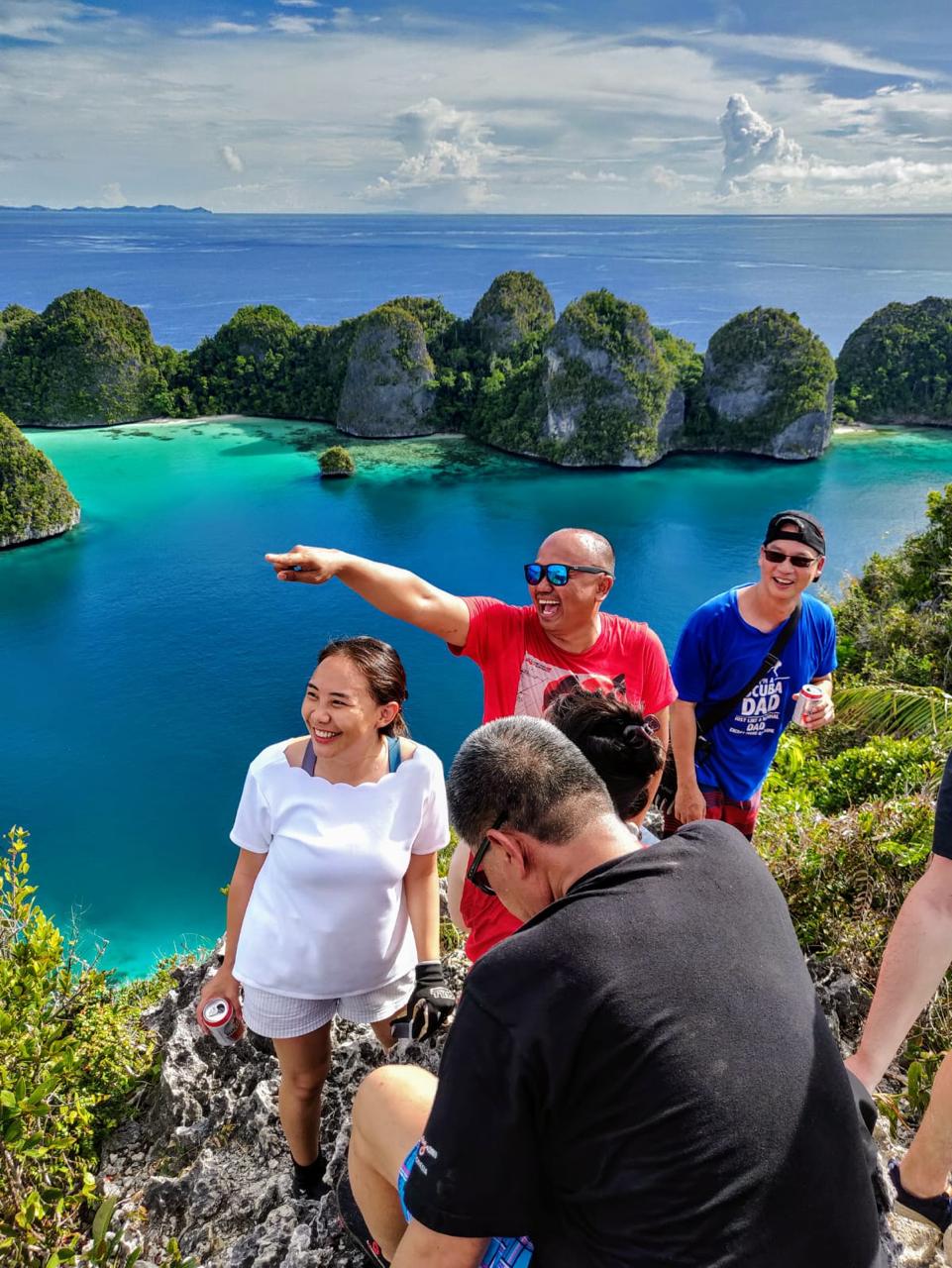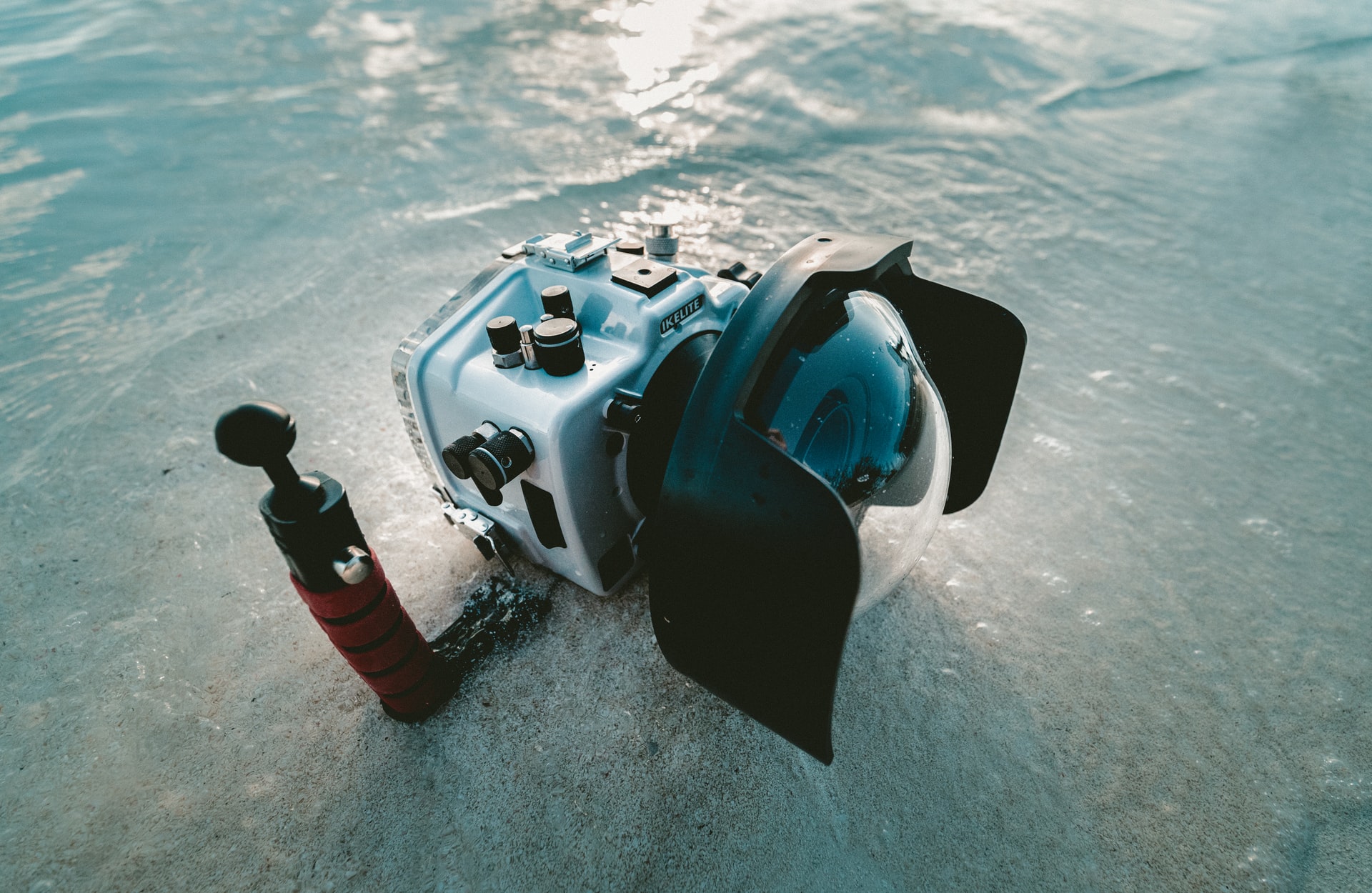Scuba diving is a dynamic activity that requires divers to constantly react to changes in their environment. Whilst dive computers calculate deco diving obligations based on dive depths staying constant, the reality is quite different. Divers frequently change depths and can use Time-to-Surface (TTS) information to make their dives more efficient. Read on to find out more.
Dive planning: theory v reality.
Proper planning gives you greater flexibility to alter or adapt your dive plan within the limits of your plan’s maximum depth and bottom time. Dive planning software calculates deco diving obligations based on a square profile that assumes:
- Your dive depth does not vary during the dive.
- You remain at the planned maximum depth for the entire planned bottom time.
In reality, divers frequently change their depth. For example, to adjust for bottom topography, to capture a photo subject from another angle, or to gradually ascend along the length of a wreck. These frequent depth changes are all part of multi-level diving. SSI DECOMPRESSION DIVING – ALL YOU NEED TO KNOW.
What is Time-to-Surface (TTS)?
Time-to-Surface (TTS)—also called ascent time (ASC)—represents the total time required before you (the diver) can surface. It includes deep stops (if applicable), any decompression obligations, and an ascent duration assuming a 10 meters/minute ascent rate. If your dive computer shows ‘Time-to-Surface’, you can use this information to make your dive more efficient. Time-to-Surface is dynamic and will increase if you:
- Remain at depth.
- Ascend slower than 10 meters per minute.
- Make a decompression stop deeper than the decompression ceiling.
LEARN MORE: DECO DIVING 101 – STAGE BOTTLE RIGGING.
Deco Diving: How to use Time-to-Surface.
The TTS displayed by the dive computer is neither static nor linear. It is dynamic and constantly changes as you move in the water column. The TTS readout increases as you go deeper or stay at a fixed depth for a period of time. It may remain constant or will decrease as you ascend into shallower waters. As you move up and down in the water column during the bottom stage of the dive, you need to monitor your TTS to ensure you do not exceed the TTS limit or the minimum gas supply. As long as the limits are not exceeded, you can extend the bottom stage of the dive until your dive computer reaches the TTS limit. You can learn all about Time-to-Surface and how to plan a dive based on TTS limits by enrolling in the SSI Decompression Diving program. READ MORE: TOP 10 TRAVEL ESSENTIALS FOR THE XR DIVER.



